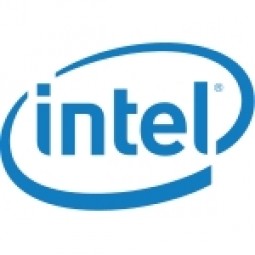
- Processors & Edge Intelligence - Embedded & Edge Computers
- Transportation
- Logistics & Transportation
- Edge Computing & Edge Intelligence
Have you ever felt overloaded by too much sensory input? The results can be problematic, even risky if you’re driving at the time. The same holds true for trains, ships, oil rigs, and many other industrial assets. The data processing challenges on these complex machines are growing rapidly as the number of sensors increases; yet so are the opportunities to transform operations by using all the available data effectively. A modern locomotive, for example, has as many as 200 sensors generating more than a billion data points per second.
Through fast analysis, the torrent of data from these sensors can help monitor locomotive health in real-time so dispatchers and power planners can make better, faster decisions to improve utilization and mission outcomes. The data can also be used to predict on-board problems and make quick adjustments, such as reducing speed so a train can make it home before a critical part fails.

Case Study missing?
Start adding your own!
Register with your work email and create a new case study profile for your business.
Related Case Studies.













